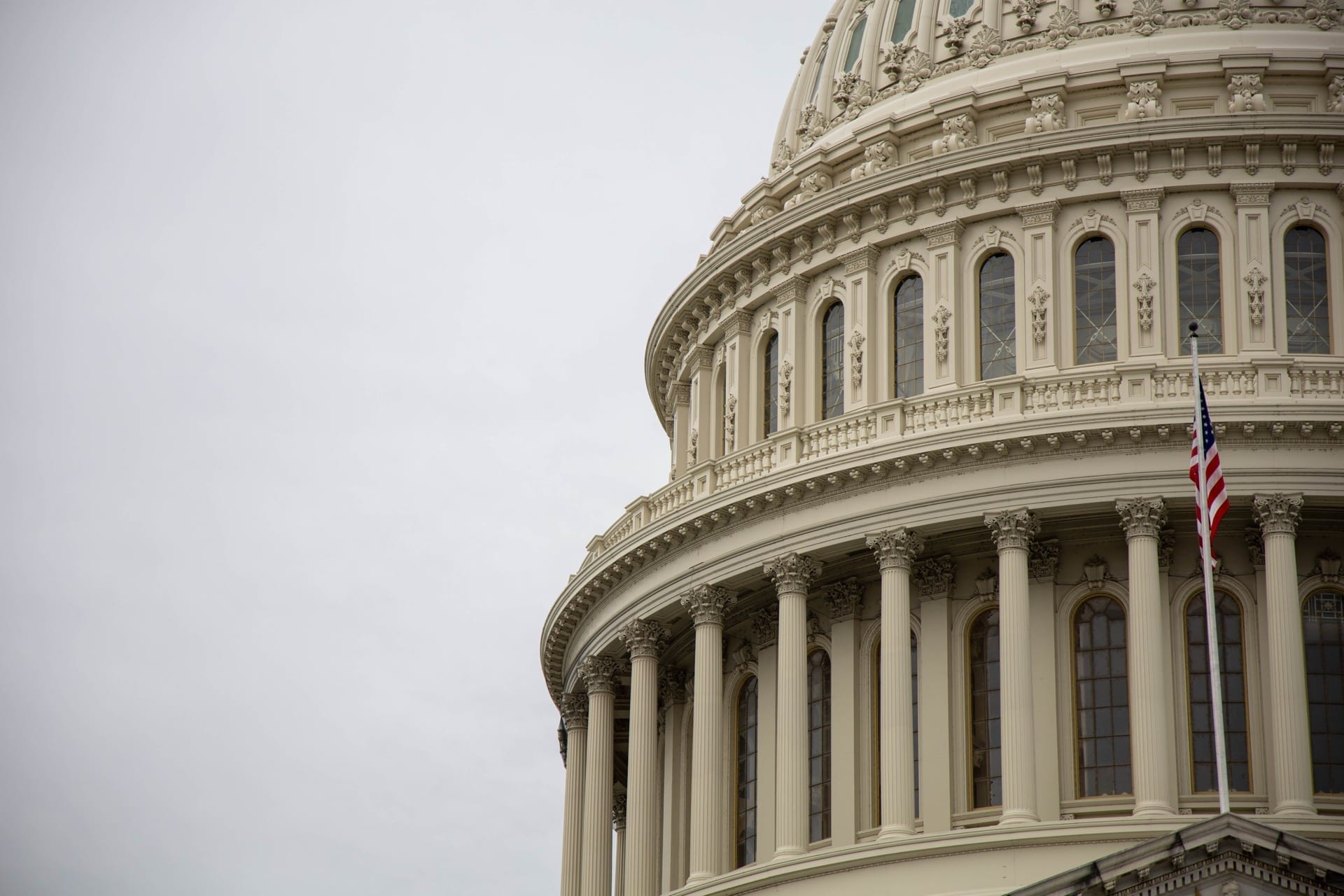By Stanley Greenberg, co-founder of Democracy Corps and Page Gardner, president and found of Women’s Voices Women Vote Action Fund.
Appeared on TheHill.com on December 5, 2016
For more than a decade now, we have been predicting that the changing demographic make-up of our country would change the electorate and our politics and decide elections. Last year we projected that the rising American electorate (RAE) — the rapidly growing group of unmarried women, millennials and non-white voters — “will be the game changers in the upcoming elections.” As we saw on Election Day, these groups emerged as the majority of voters (55 percent) for the first time and contributed to Hillary Clinton’s 2 million vote popular vote lead and rising.
Donald Trump won the presidency, in large part, John Judis argues in The Washington Post, because Clinton’s presidential campaign was counting on these demographic groups to “carry Clinton across the finish line, “and acted as if it could prevail by “appealing to the identity of the groups of the rising American electorate” and not worry about the white working class, which was a declining share of the electorate.
Judis might just well be right about the motivation and strategy of the Clinton campaign. But Judis could not be more inaccurate in stating we believed “Democrats didn’t need to worry so much about the shrinking white working class” and that appeals to identity would “automatically” produce a new national, government majority.
In fact, we said the opposite.
The studies done by Democracy Corps and Women’s Voices Women Vote Action Fund underscored how white millennials, white unmarried women and white working class women would only consolidate around Democrats if they were pushing for change, limiting special interest money and making the economy work for all, not just those at the top. The bolder the reforms and agenda, the more engaged these groups became.
White working class women make up 45 percent of voting eligible unmarried women nationally, and even larger numbers in less diverse and less college-educated Rust Belt states. White working class women share so much of their experience in the economy with unmarried women and millennials that we called this the “RAE+” strategy to building a winning national coalition.
In the final presidential debate, Clinton embraced this analysis in her responses, which resulted in her strongest point in the national polls, and with the RAE and white working class women, according to polls by Democracy Corps and NBC/Wall Street Journal. Yet instead of spending the final weeks of the campaign advancing a compelling economic message to show Clinton would bring change, the campaign closed with a promise to fight for opportunity and to unite a multicultural America under the banner of being “stronger together.”
As a result, this new American majority underperformed for Democrats in battleground states such as Michigan, Pennsylvania and Wisconsin. In the end, the Clinton campaign underestimated how desperately the RAE and Americans who share their economic experience wanted change. As Judis stated, the RAE “want[ed] a larger vision of the future” and that “in this year’s election, Clinton didn’t give it to them.”
Clinton’s closing arguments did not speak to their economic insecurities, and reinforced their belief that the elite in Washington do not listen to their concerns. Meanwhile, Trump was vowing to “drain the swamp” and doubling down on an economic narrative that motivated voters who felt left behind by globalization.
Over the past eight years, our economy has been transformed, and the RAE is the one struggling the most in this new reality. Many in it are working multiple jobs to put together enough money to get by and are overwhelmed by the rising costs of child care and healthcare, the lack of paid leave and the burdens of student-loan debt. Unmarried women are particularly strained, with 53 percent saying they are unable to bear a sudden $500 expense. They were hungry for leaders who would make these concerns central and offer real solutions.
Our message, and that of many of our progressive allies, has been about changing and reforming America so it would work for the middle class and working families, not identity politics. The message has been aspirational and largely centered on raising incomes, increased support for working families, and a focus on the economic solutions to the problems facing this new majority as a way to realize their potential power.
The RAE will continue to grow and change the make-up of the electorate and play an increasing role in the outcome of national elections. But the 2016 result is a cruel reminder that Democrats will only win the confidence and participation of the RAE by understanding their lives and aspirations and what they share with so many other Americans.
The country depends on it more than ever.


